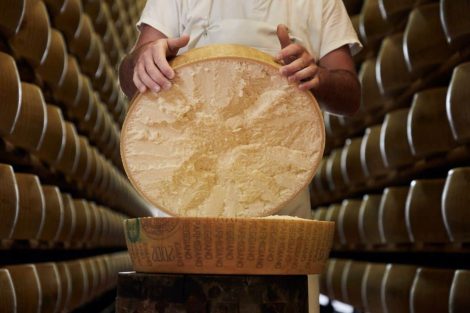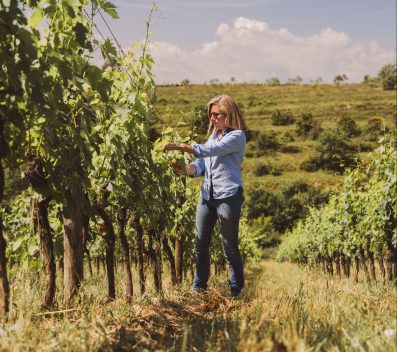A halt to all new authorisations for vineyard plantings throughout Italy. That is the official proposal set out in a statement from the Unione Italiana Vini (UIV), which puts in black and white the outcome of the vote held on Friday, 6 June during the National Council meeting in Leverano, in the province of Lecce.
The organisation, chaired by Lamberto Frescobaldi, explained that the measure is intended to be temporary and aims to “curb viticultural potential, provided that it is accompanied by a simultaneous reform of planting potential, as well as of the yield quantities established in production regulations and for generic wines.” In practice, Italy's vineyard area, currently measuring around 650,000 hectares, should not be extended by the approximately 6,500 new hectares per year, precisely in response to a market where demand is declining and to the clear concerns of producers. According to estimates by the UIV Observatory, by the end of the wine-growing season (31 July), wine and must stocks are expected to reach 42–44 million hectolitres, equivalent to nearly an entire harvest.
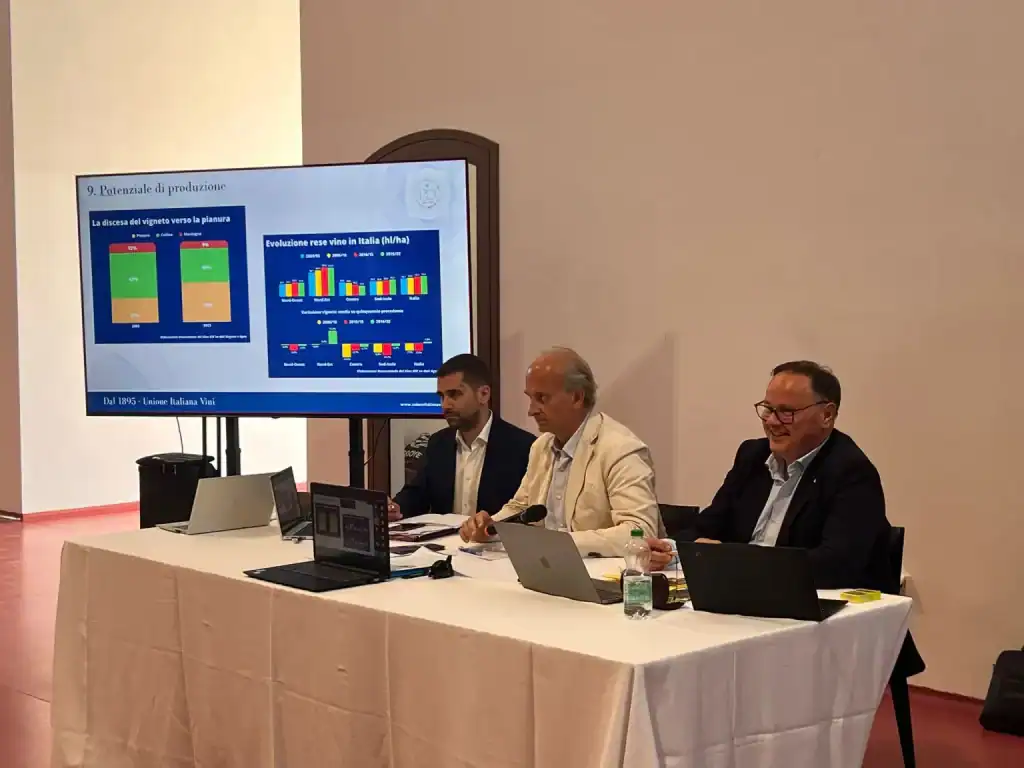
The proposal to halt new plantings
“The current context demands a sense of responsibility and revision policies,” emphasised the UIV president, noting that Italy is currently the only major wine-producing country in the world that is seeing an increase in vineyard area despite a nearly 10% drop in global demand volumes over the past five years. As pointed out by Secretary-General Paolo Castelletti, a one-year halt on new vineyard plantings (which under EU law may grow by up to 1% of the national vineyard area) would provide the technical time needed for “a period of dialogue and review of the system with all stakeholders involved.”
The need to contain production levels was clearly highlighted in a sample analysis conducted among Italian Consortia for the protection of appellations, published by Tre Bicchieri, the Gambero Rosso weekly, on 5 June.

Lamberto Frescobaldi
Clarifying the data
According to UIV, new priority criteria must be introduced, which should place greater value on hill and mountain vineyards, and on areas producing wines that perform well on the market. At the same time, a one-year halt to new plantings would allow for much-needed clarity on data: “Today,” Castelletti pointed out, “we know how much is authorised, but not how much is actually planted – particularly when it comes to replanting.”
A call to the Consortia
The Unione Italiana Vini insists that the Italian wine sector cannot afford to passively wait for reform from above. Hence the appeal: “Territories, starting with the wineries and protection consortia, must take rational action on these issues and on a regional reorganisation of denominations. It’s time to bring wine back down to Earth,” concluded Castelletti, “if we want to win the competitiveness challenge and ensure that winegrowers receive fair compensation.”
The option to intervene on national yields by making the granting (or not) of the 1% new vineyard authorisation more flexible is part of the EU’s wine package, presented by Agriculture Commissioner Christophe Hansen on 28 March.

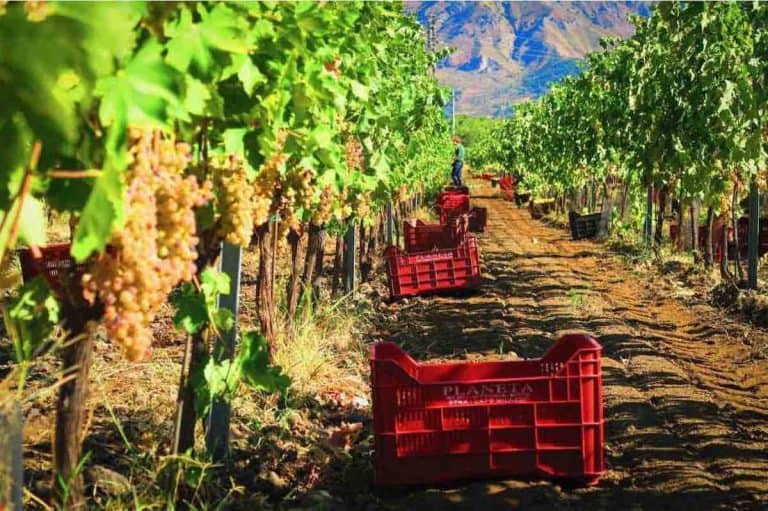
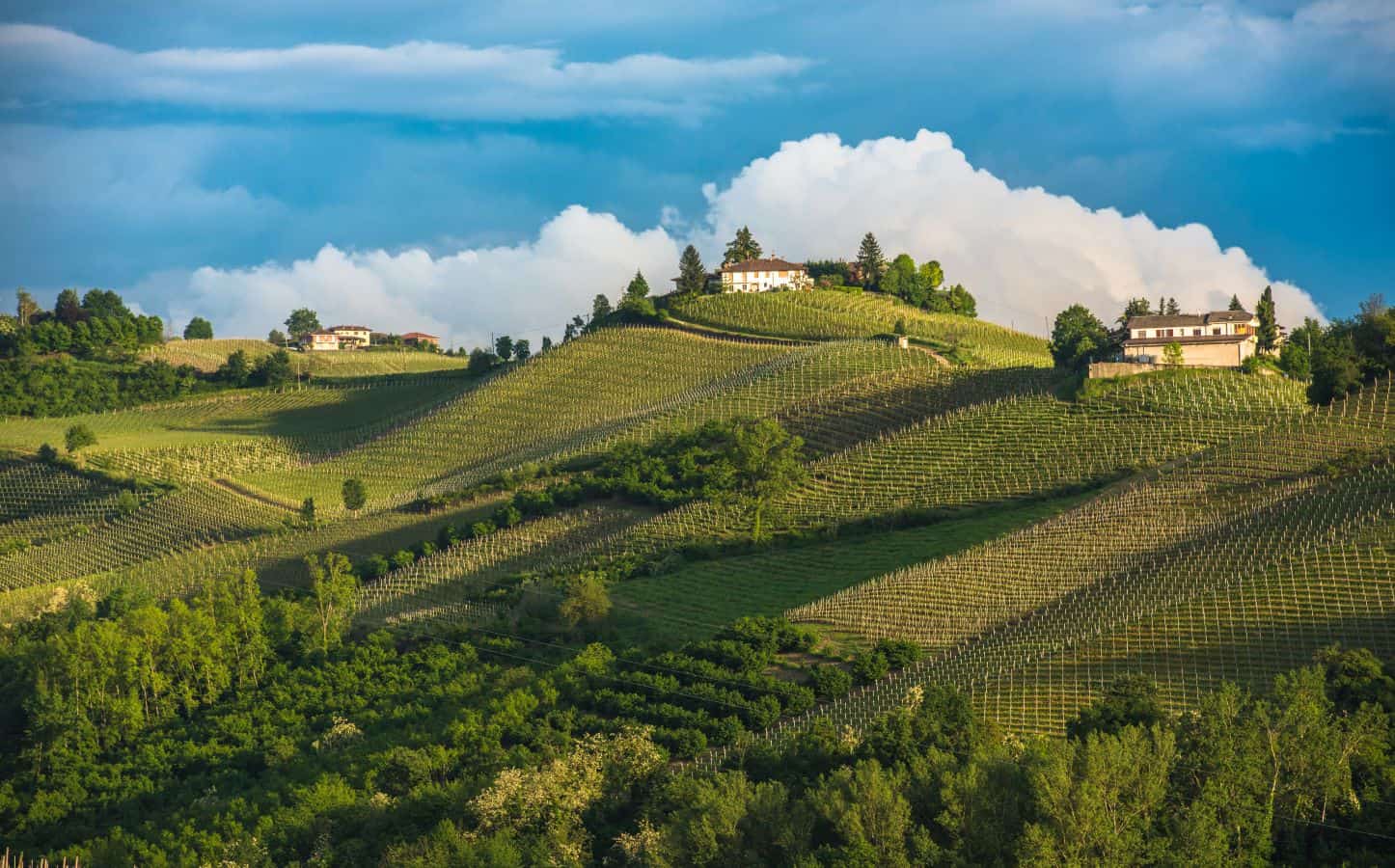 The UNESCO effect: tourism is growing, but there is a risk of losing identity
The UNESCO effect: tourism is growing, but there is a risk of losing identity The perfect pairing? Wine and books
The perfect pairing? Wine and books 2025 was the year of Trump's tariffs – will 2026 be better for Italian wine in the US?
2025 was the year of Trump's tariffs – will 2026 be better for Italian wine in the US? Italian cuisine recognised by UNESCO
Italian cuisine recognised by UNESCO Where is English sparkling wine going?
Where is English sparkling wine going?


